Disclaimer: This post contains affiliate links. If you click through and make a purchase, I may receive a small commission (at no additional cost to you). This helps support and run my blog. I only recommend products I personally use and love. Thank you for your support.
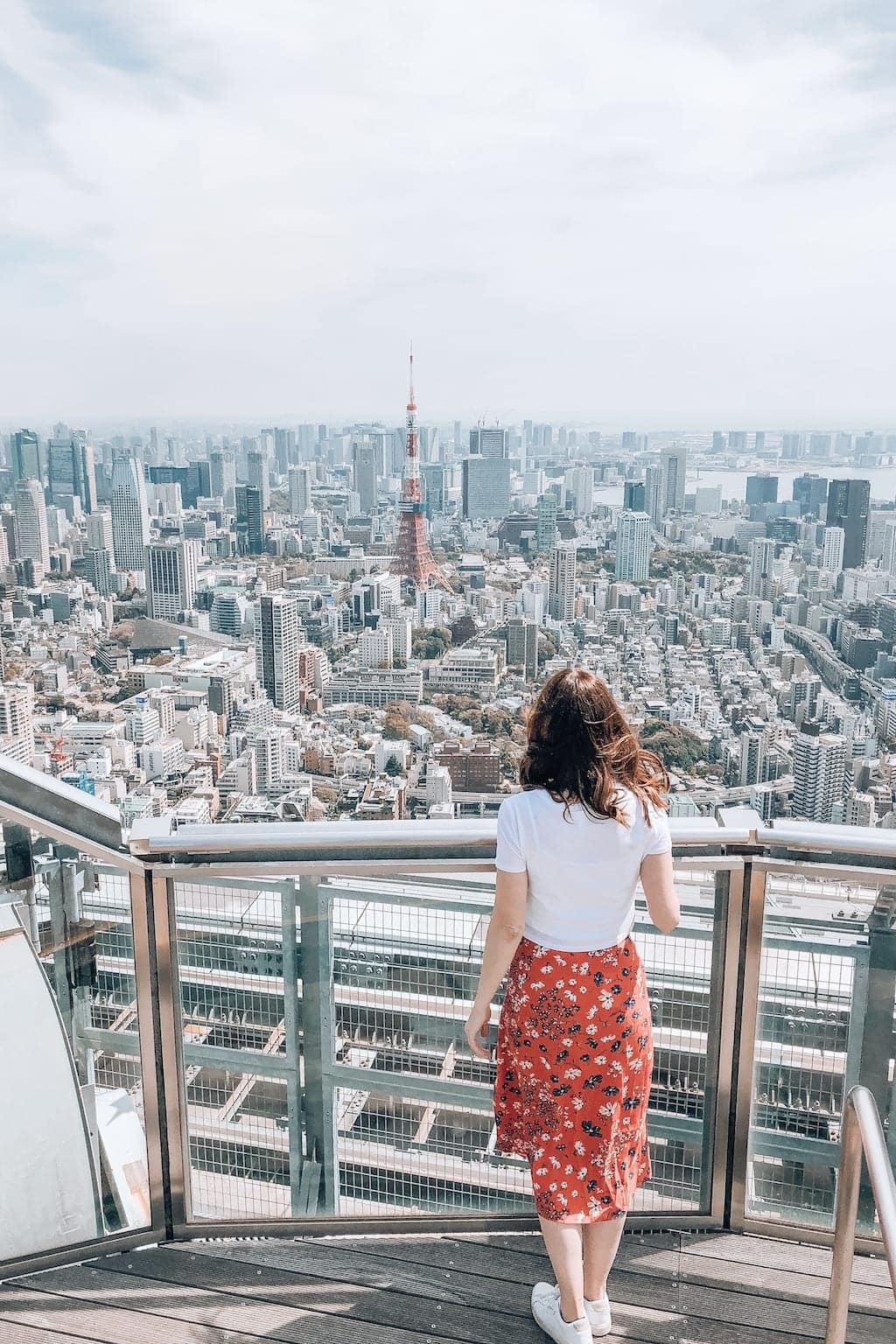
Despite living in Los Angeles, I’m usually not one for large cities when I travel. I much rather be surrounded by waterfalls than skyscrapers. Tokyo really surprised me, though. I wasn’t expecting to fall in love with it and found myself wishing I had more time there. Tokyo is one of Japan’s coolest cities.
It has beautiful parks and ancient temples mixed with super-modern buildings and quirky cafes. It has a variety of entertainment options and has some of the best food in the world. It truly has something for everyone. With so much to do, it can be difficult to decide how to spend your time there. Continue reading for the top ten things to do in Tokyo, Japan.
Top Things to Do in Tokyo:
1. Explore Senso-ji Temple
Senso-ji is Tokyo’s oldest and most popular temple. At first glance, it may appear to be somewhat of a tourist trap, but it’s actually rich in history. The temple was originally completed in 645 and built for Kannon, the Buddhist goddess of mercy. It was built in the Asakusa area of Tokyo, which at the time, was a small and relatively unknown town. Upon its completion, Asakusa started to become the lively center that it is today. The temple was destroyed during WWII but rebuilt soon after, hence its somewhat modern appearance. Today, the temple sees millions of visitors and holds events and festivals throughout the year.
The grounds consist of the main hall, a five-storied pagoda, a handful of smaller halls, a garden, and two main gates. Kaminarimon, or Thunder Gate, is the outer gate at the main entrance. It marks the beginning of Nakamise-dori, one of Tokyo’s favorite shopping streets. The street is just 250 meters (820 ft) long but is packed with over ninety small shops and leads up to Hozomon, the temple’s inner gate. The shopping street dates back several centuries and has just about everything, including traditional Japanese crafts, typical souvenirs, and Japanese street food.
The street food alone is worth a visit and is a must-try food experience in Tokyo. The temple is free to visit and is open 24/7. However, the main hall adheres to visiting hours that change with the season, so make sure you plan accordingly. Early morning or evening seems to be the best time to visit if you wish to avoid the large tour groups. Senso-ji is fairly easy to reach and is just fifteen minutes from Tokyo Station and a five-minute walk once you reach Asakusa Station.
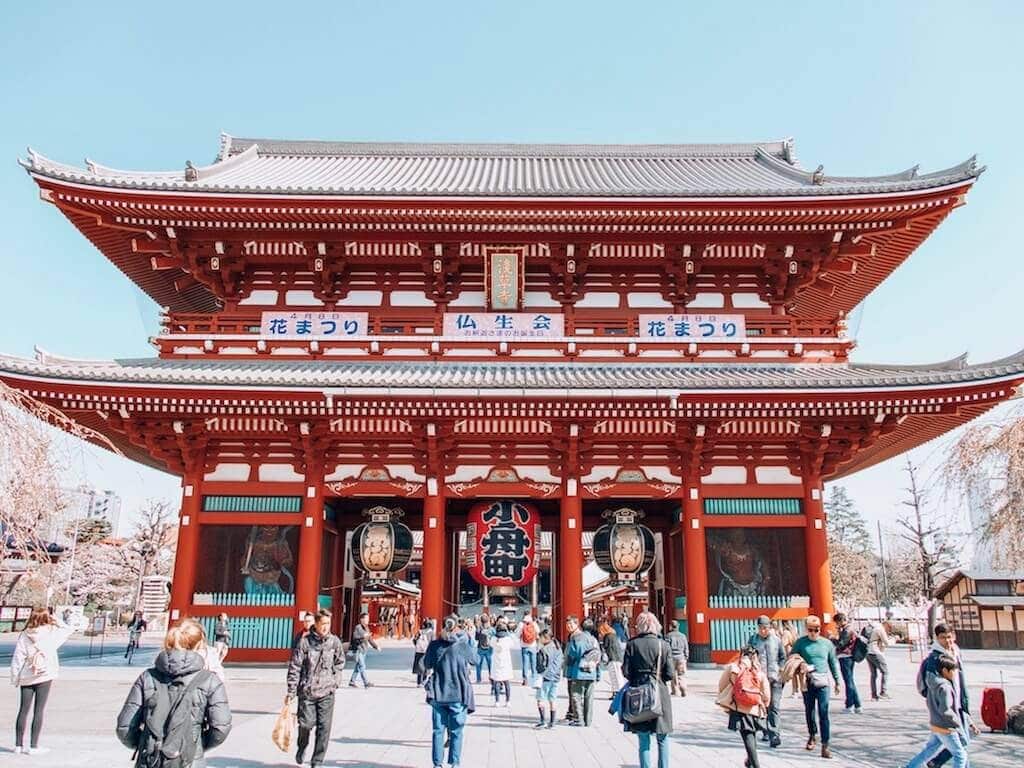
2. Visit Tokyo City View and Sky Deck
Tokyo City View and Sky Deck are located in the Roppongi Hills area of Tokyo. They can be found high up in the Mori Tower, Tokyo’s 6th tallest building. The building stands at 238 meters (780 ft) and has 54 floors. The mixed-use building offers amazing panoramic views of the city skyline and has one of the best views of the Tokyo Tower, Japan’s famous Eiffel Tower look-a-like.
It is separated into two viewing areas. City View is the indoor viewing area on the 52nd floor and Sky Deck is the unused helipad on the roof or 54th floor. The entire roof area is open-air and has completely uninstructed views.
The ticket to enter City View is 2100 JPY and includes admission to the Mori Art Museum. Admission to Sky Deck is an additional 500 JPY and is cash only. The view is incredible and is absolutely worth the extra yen. The rooftop can be windy and loose belongings are not allowed to be brought up, so plan on bringing as little as possible or make use of the available lockers for an additional fee.
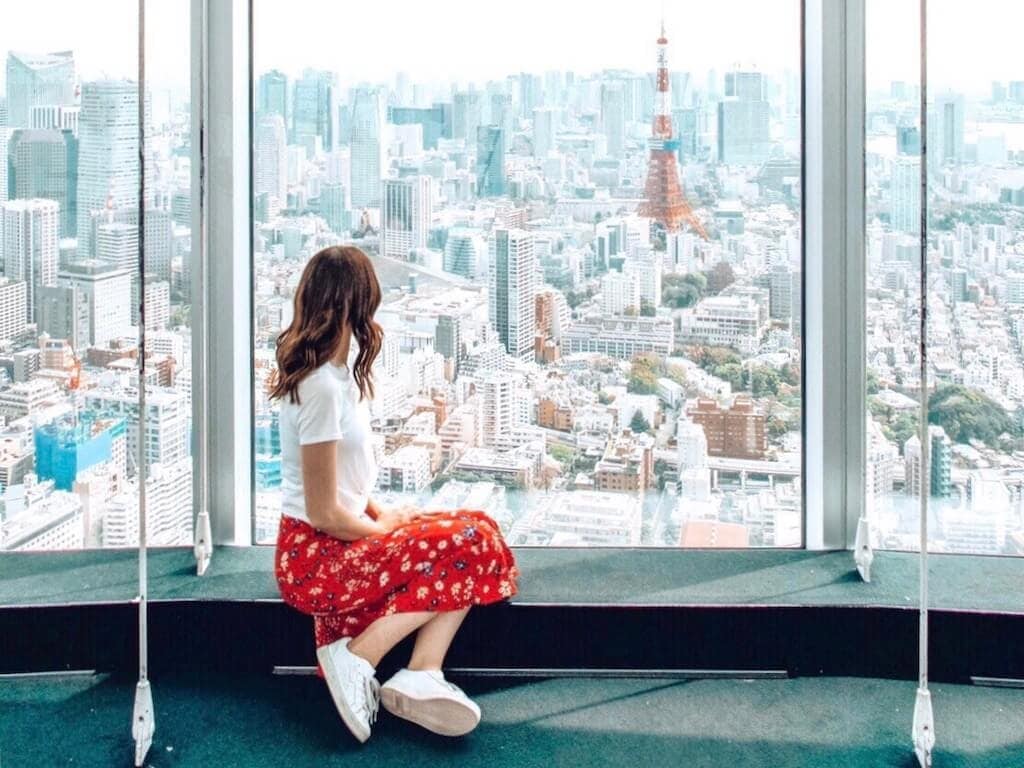
3. Eat at Tokyu Food Show
Tokyo Food Show is a large gourmet-style food court located on the basement level of the now-defunct Tokyu Toyoko Department Store. It’s located in the Shibuya area and is adjacent to the Shibuya Station. Just outside, you can find the famous dog statue, Hachiko. Food Show houses food stalls with cuisines from all over the world and is a great place to go if you are in search of a quick bite or are looking to sample a variety of foods.
It is definitely not your average food court. It has over 85 vendors, making it one of the largest food halls in Tokyo. There are French pastry shops, Indian curries, Chinese Dumplings, and many other imported items. The local food is what you want though. Many of the stalls are associated with well-known restaurants in the area. Expect to find all kinds of Japanese dishes. There’s fresh sushi, crispy tempura, yakitori, and even a Japanese chocolatier.
There is also a liquor department that has a wide range of wine and sakes and a high-end supermarket section with fish and local delicacies. Everything found at Tokyu Food Show is of high quality and delicious. It’s primarily intended for takeout, but there are a handful of counters available if you don’t mind standing.
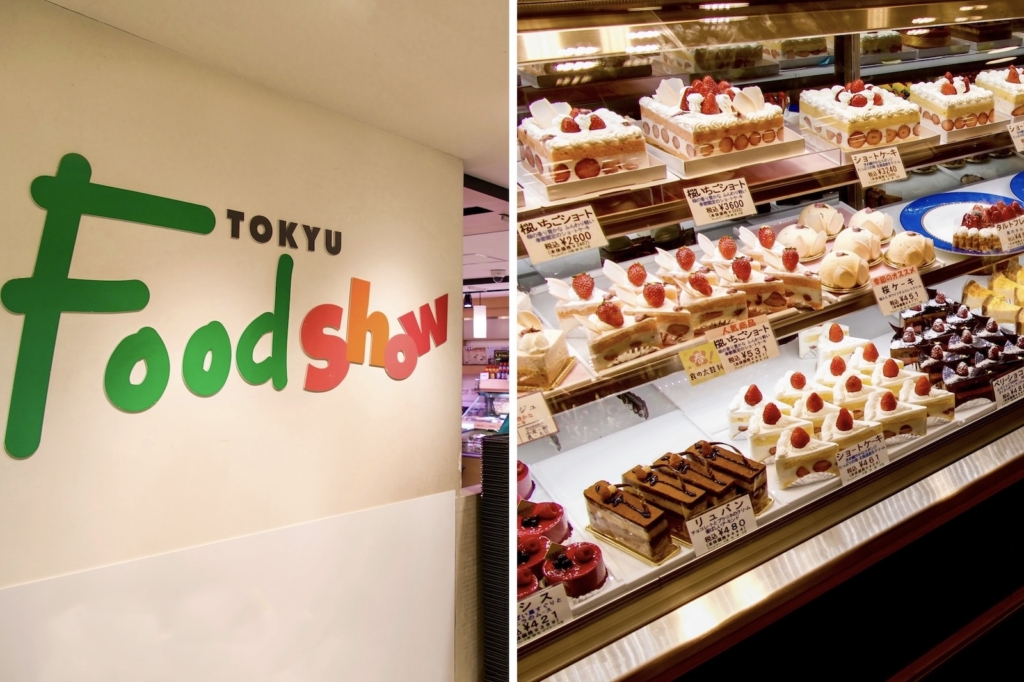
4. Observe Shibuya Crossing From Mag’s Park
Shibuya Crossing is known for being the busiest intersection in the world. The lively crosswalk is surrounded by tall buildings, neon signage, and huge screens. Chances are you have seen a photo of it at some point. The crossing is what is called a “scramble crossing”, where traffic is stopped in all directions and pedestrians are free to cross the street in any direction. Huge crowds build up while waiting for the light to change and then everyone meets in the chaotic-looking middle on their way to the other side.
Mag’s Park is an uncovered space that is enclosed by glass and is the perfect spot to photograph the crossing. It’s located high up in Magnet by Shibuya 109, a large department-type store located next to the crossing. Its observation deck, or Crossing View, has an incredible birds-eye view of the streets below. To reach the observation deck, you will enter the Magnet building from the main street and take the elevator to the seventh floor. From there, you’ll walk through the restaurant and out the double doors.
The deck opens at 11 am, but the midday sun can make it difficult to get a decent photo. The tall buildings create shadows over the crosswalk and it’s almost impossible to avoid reflections in the glass. Dusk is a great time to visit because it’s still light enough to clearly see the crosswalk and the neon is turned on. The entrance fee to Crossing View is 600 JPY and can be purchased from a vending machine at the deck entrance.
5. Have a Drink at Nonbei Yokocho
Nonbei Yokocho or “Drunkard’s Alley” is an area consisting of two parallel alleyways. The alleyways are packed with about forty miniature bars. The bars are seemingly stacked upon one another and most have only enough space for the bartender and a handful of barstools. Many have small attic spaces with a few additional seats as well.
Nonbei Yokocho is located in Shibuya and is about a ten-minute walk from Shibuya Station. The area is tucked away from the city hustle and bustle and is quiet during the day. Most of the bars open early in the evening (some are closed on Sundays) and the streets are transformed with lanterns after dark. Nonbei Yokocho is a great place to meet people if you are traveling solo. The small spaces make it impossible to feel alone and the closeness of bar-goers almost guarantees conversation.
If you enjoy Nonbei Yokocho, I recommend visiting Golden Gai as well. Golden Gai is located near the red-light district in Shinjuku and is similar in concept but on a larger scale. It is made up of about six tiny alleys and is packed with bars, clubs, and places to eat. It is definitely very touristic but is still a fun night out.
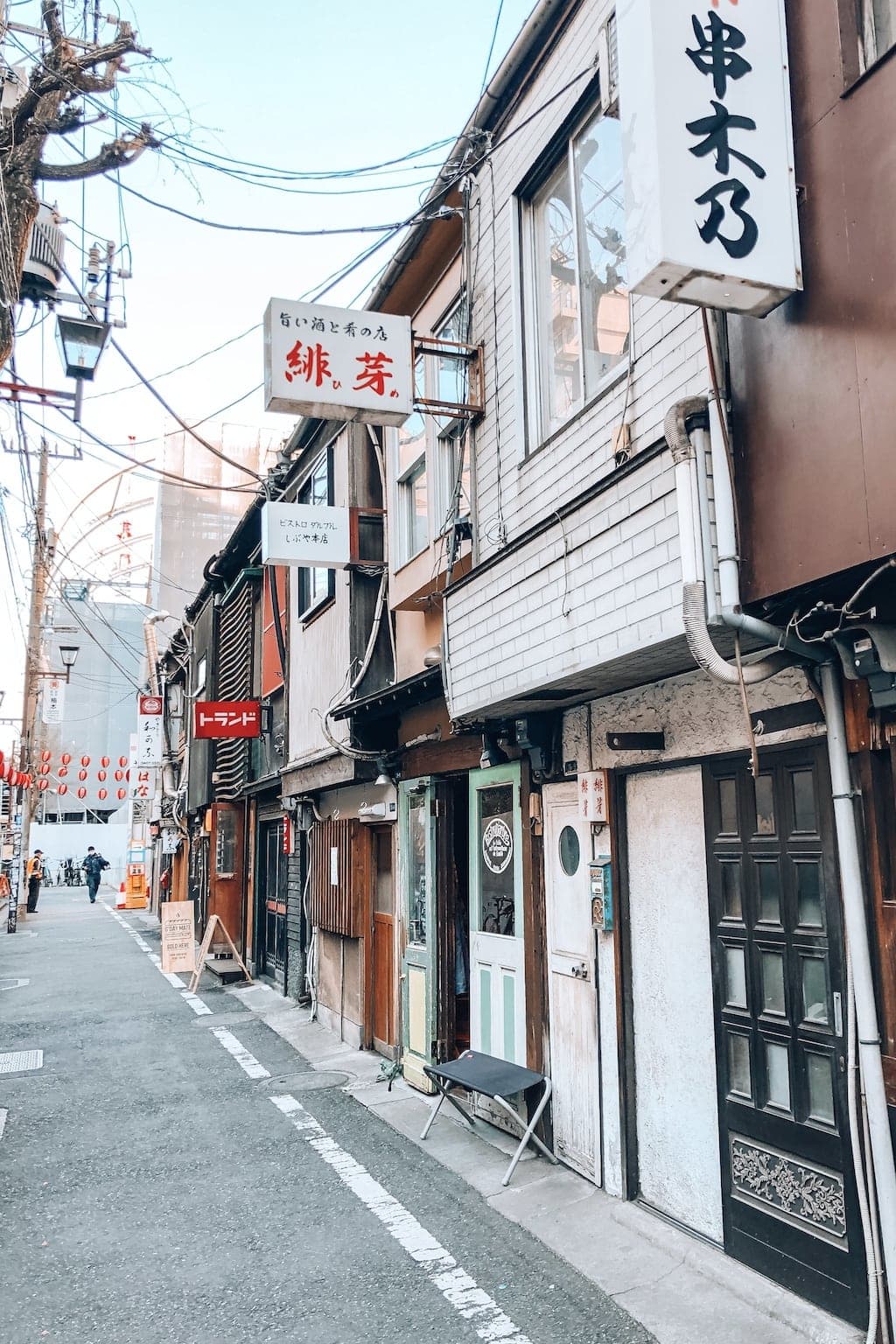
6. Picnic at Shinjuku Gyoen National Garden
Shinjuku Gyoen National Garden is one of Tokyo’s largest and most beautiful parks. The park originated during the Edo period (1603-1867) and is rich in history. It was first constructed on the grounds of a private mansion belonging to Lord Naito, a federal lord, in 1772. It later became a botanical garden and was eventually transferred to the Imperial Family.
The garden was completed as an Imperial garden in 1903 and used by the family for recreation and as a place to entertain their guests. The garden was almost completely destroyed by air raids during WWII and had to be rebuilt after the war. In 1949, the garden finally became open to the public and was designated a national park.
Today, Shinjuku Gyoen is Tokyo’s equivalent to NYC’s Central Park. Its spacious lawns and winding pathways give the public a place to relax, exercise, and enjoy. Shinjuku Gyoen National Garden is 58 hectares (144 acres) and is made up of three types of gardens. It has traditional Japanese gardens, as well as French and English gardens. The Japanese gardens are the oldest and have structured shrubbery, ponds, and beautiful pavilions.
Shinjuku Gyoen is also the perfect place for cherry blossoms viewing during the month of April. The park has roughly 1,000 cherry trees, that include 65 different species. The park is a great place to escape the crowded streets and relax, especially during the busy season. Although the park is quite popular, it’s so large that it doesn’t feel crowded. It’s the perfect place to enjoy a picnic and one of my favorite things to do in Tokyo. The admission fee is 500 JPY and hours vary based upon the season.
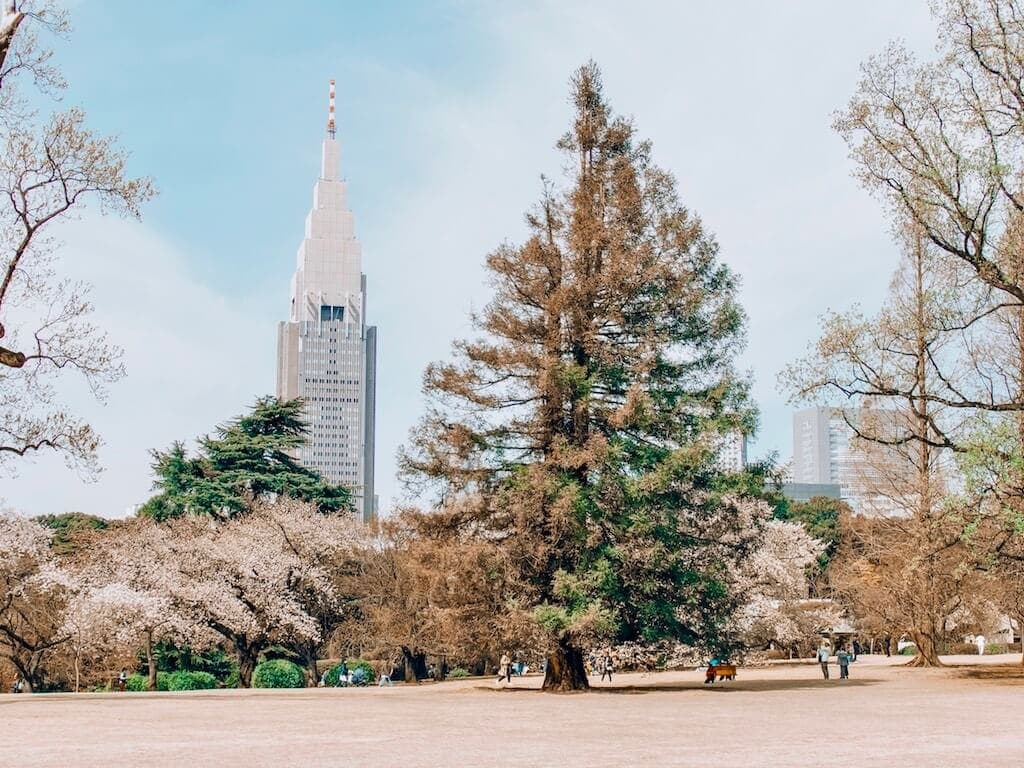
7. Go Shopping in Harajuku
Harajuku tops the list of things to do in Tokyo for many visitors. It’s an area surrounding the Harajuku Station between Shibuya and Shinjuku and is popular with the Japanese youth. It’s known for its fun art and fashion scene and its streets are packed with great shopping and food. There are three main shopping streets, each with a somewhat different vibe.
The most popular of these is Takeshita Street. Takeshita Street is an almost always crowded pedestrian street that is lined with cosplay stores full of colorful wigs, boutiques with doll-like dresses, quirky cafes, and all sorts of fun foods. If you have ever seen a picture of Totti Candy Factory’s giant cotton candy, this is where you can find it.
Cat Street is a short walk from Takeshita Street and is a more relaxed shopping experience. The cafes on Cat Street tend to be more sophisticated and the boutiques are higher-end. There are some excellent coffee shops as well as some great vintage and second-hand designer shopping.
Harajuku’s third shopping street is Omotesando Street. It is geared more toward adults and has mostly higher-end and luxury items. You’ll find both local designers and large global brands here. Harajuku is a must-do on your list of things to do in Tokyo. I would recommend giving yourself at least a full day to explore its fun streets.
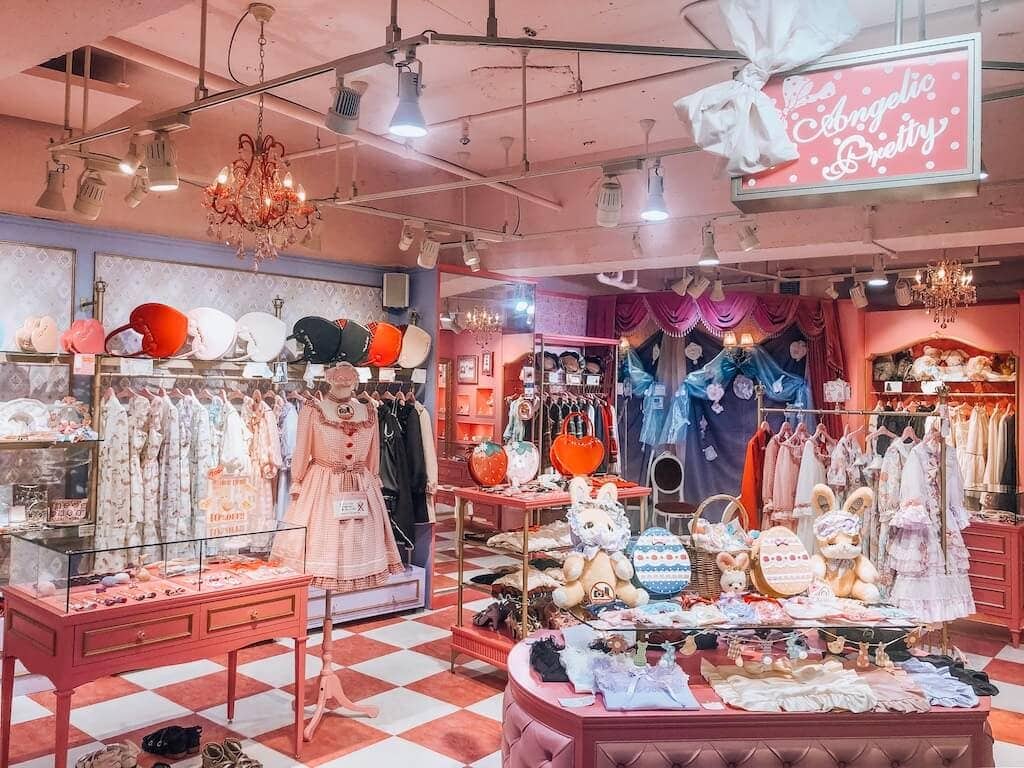
8. Enjoy a Show at the Robot Restaurant
Chances are you have heard of Tokyo’s Robot Restaurant. It’s one of the city’s top attractions. The Robot Restaurant is a venue in Japan’s Shinjuku district that is famous for its nightly robot-themed show. The ninety-minute show is a cabaret of sorts and will probably be the oddest show you ever see. You can expect robots (of course), dinosaurs, lasers, dancers, and a whole lot of neon.
There are choreographed dance routines to pop songs, robot battles, and lots of loud sound effects. The show itself is kind of silly but is a one-of-a-kind experience. There are three nightly shows and I would recommend purchasing a ticket in advance; it often sells out. There is an option of purchasing a ticket that includes dinner; however, I wasn’t impressed with the food and found it to be overpriced.
If you are someone with a health issue that may be triggered by pyrotechnics or loud noises/bright lights or you are claustrophobic, I would pass on this experience. The seating is tight and the show takes place on an underground level, giving it a very enclosed feeling.
9. Take a Stroll Along the Meguro River
The Meguro River is a river that runs through Tokyo. It runs for 8 km (5 mi) through several chic neighborhoods before reaching Tokyo Bay. The most visited portion of the river is located near Shibuya in the Nakameguro area and is one of Tokyo’s most popular spots during cherry blossom season. There are over 800 cherry trees that line the banks of the river, making it a fantastic place to visit in the weeks of late March and early April.
During this time, the area hosts a festival and the blossoms are illuminated at night-time. However, there is still plenty of reason to visit year-round. There are lots of great cafes and restaurants river-side and the Meguro Museum of Art, a modern Japanese art museum, is worth a visit. There is also some fantastic shopping on the northern end. The Meguro River is the perfect place to decompress and go for an evening stroll.
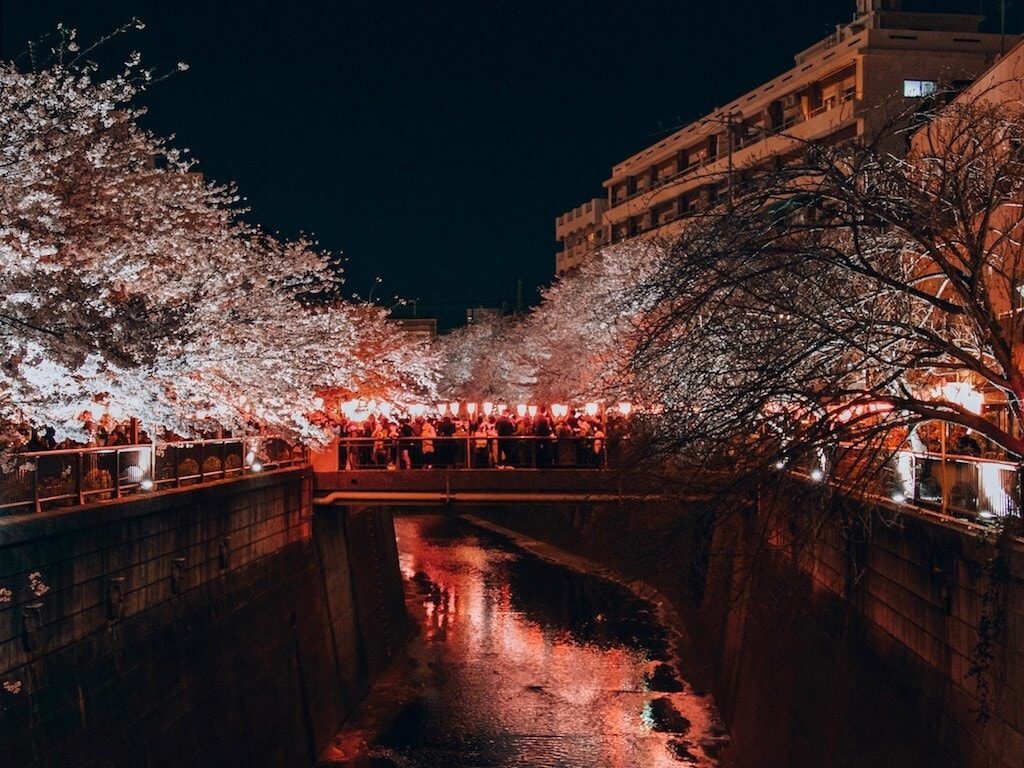
10. Visit Gotokuji (The Cat Temple)
At some point, you have probably seen a Maneki-neko, or waving cat statue. Gotokuji is the temple where these cute cats originated. The property was once just a small hut, belonging to a monk in the 1400s. Legend has it that the monk was struggling to survive on his small income. He had a cat that he loved dearly and one day he asked the cat to bring him good fortune if he was grateful.
A few months later, some Samurai warriors stopped by. They said they were passing through but decided to stop after the cat kept waving at them. The warriors decided to stay a bit and relax. It soon began to storm and the monk offered them tea and began preaching. It turned out that one of the Samurai was a king and he appreciated the monk’s preachings.
He believed it was Buddha’s will that they connected with the monk and after he returned home, he donated rice fields and crops, so the monk would have money to make the temple grand. Thanks to the cat, the temple became a beautiful place of worship. This is why Gotokuji is called the cat temple and the Maneki-neko statues are placed in businesses today to bring them good luck and prosperity.
To reach Gotokuji from central Tokyo, you will want to take the Odakyu line in the direction of Hon-Atsugi from Shinjuku Station. The train ride takes about twenty minutes. Once you arrive at Gotokuji Station, the temple is an additional ten-minute walk. It’s free to visit and there is a tiny shop with Maneki-neko available for purchase.
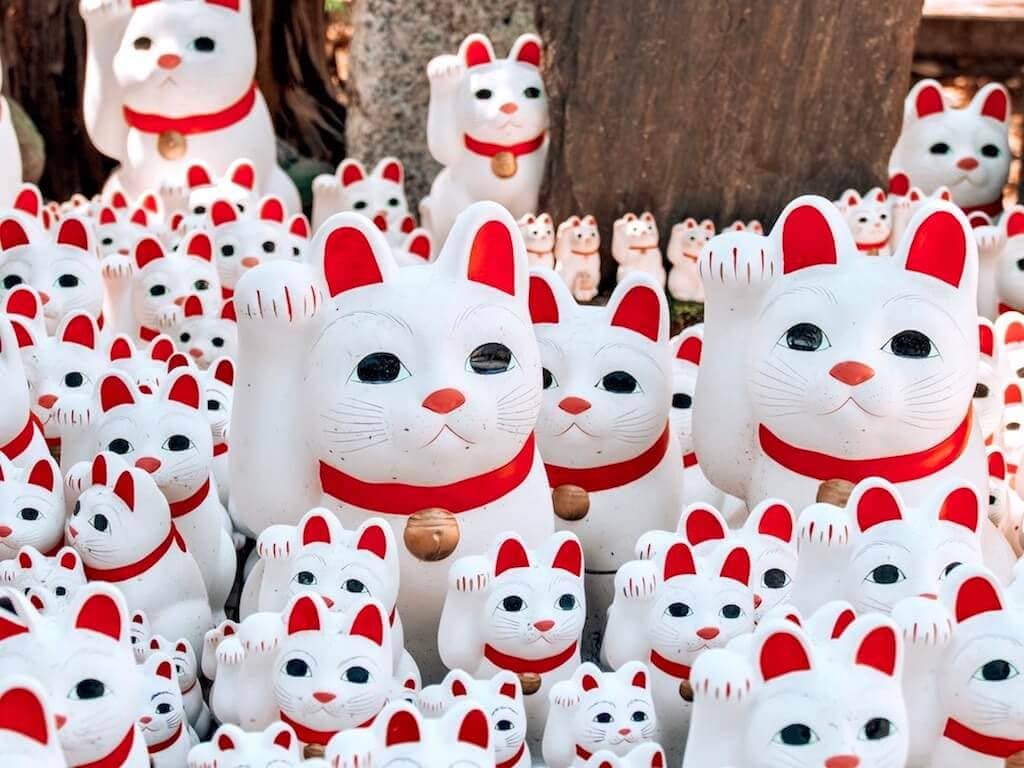
Where to Stay in Tokyo
Sotetsu Fresa Inn Higashi Shinjuku
Sotetsu Fresa Inn Higashi Shinjuku is a great budget option. The rooms are somewhat small but are extremely clean and comfortable. The location is central to most things and the entrance to the metro station is just steps away. That alone makes it worth the stay. So much time can be saved by lodging close to public transport, thus allowing you to see more of the city.
Cerulean Tower Tokyu Hotel
If you’re looking to splurge, I suggest a stay at Cerulean Tower Tokyu Hotel. The high-end hotel is just a five-minute walk from Shibuya Station and is within walking distance to many of Tokyo’s sights. The large tower hotel dominates Shibuya’s skyline and offers incredible views of the city. The forty-floor hotel is modern with spacious rooms and a handful of restaurants on-site.
Trunk Hotel
Trunk Hotel is located in Harajuku and is tucked away on a quiet street not far from Cat Street. Its location is very walkable and the Shibuya crossing can be reached in about ten minutes. Trunk Hotel is a modern boutique hotel with a great outdoor deck, restaurant, and cocktail bar.
Have you been to Japan? What are your favorite things to do in Tokyo? If you’ve enjoyed this post, please leave a comment or share using the social media buttons below. Visiting Tokyo during cherry blossom season? Click here to discover the best viewing locations.
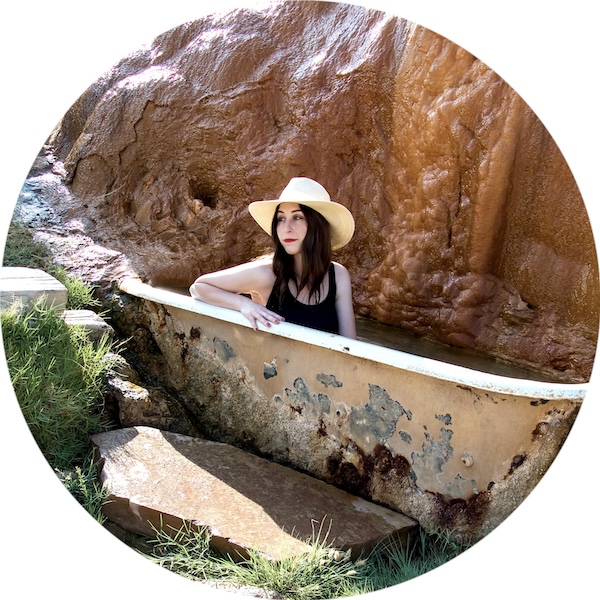
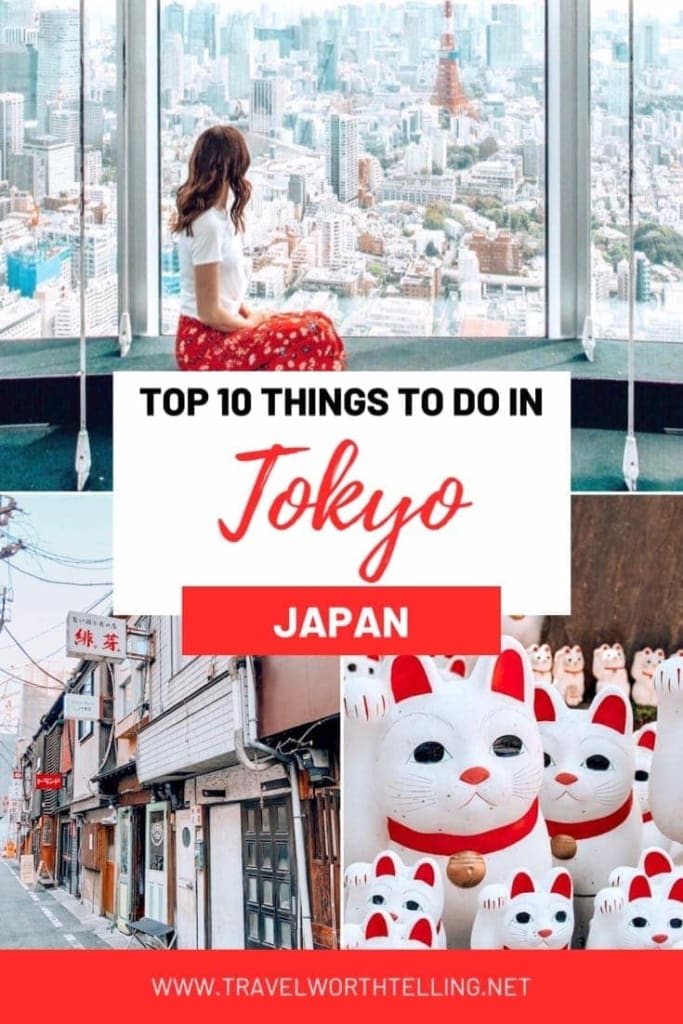
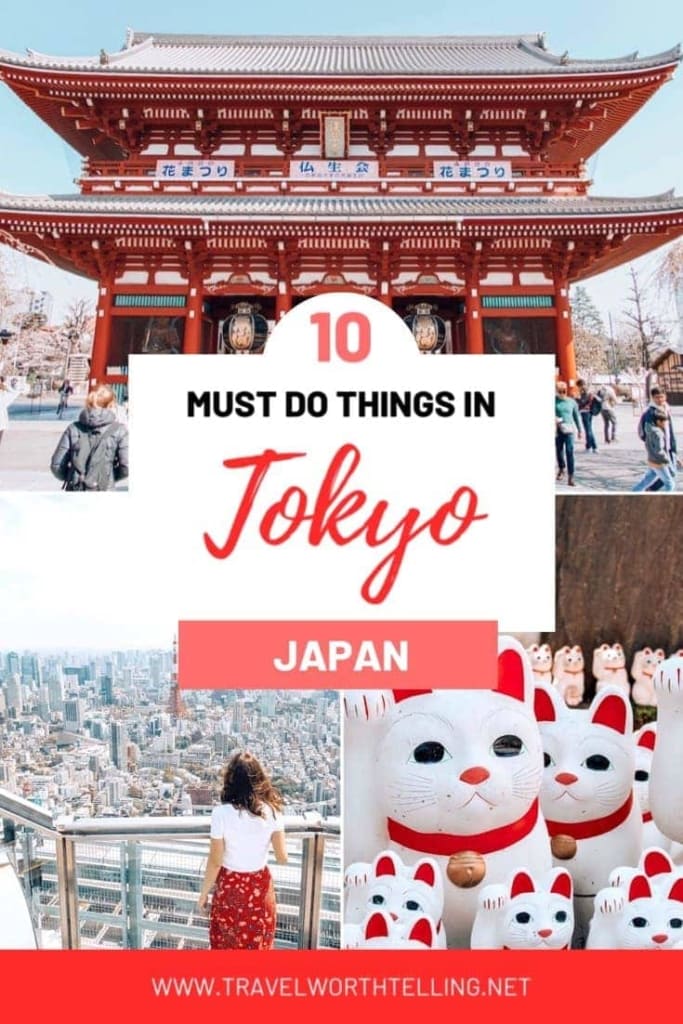
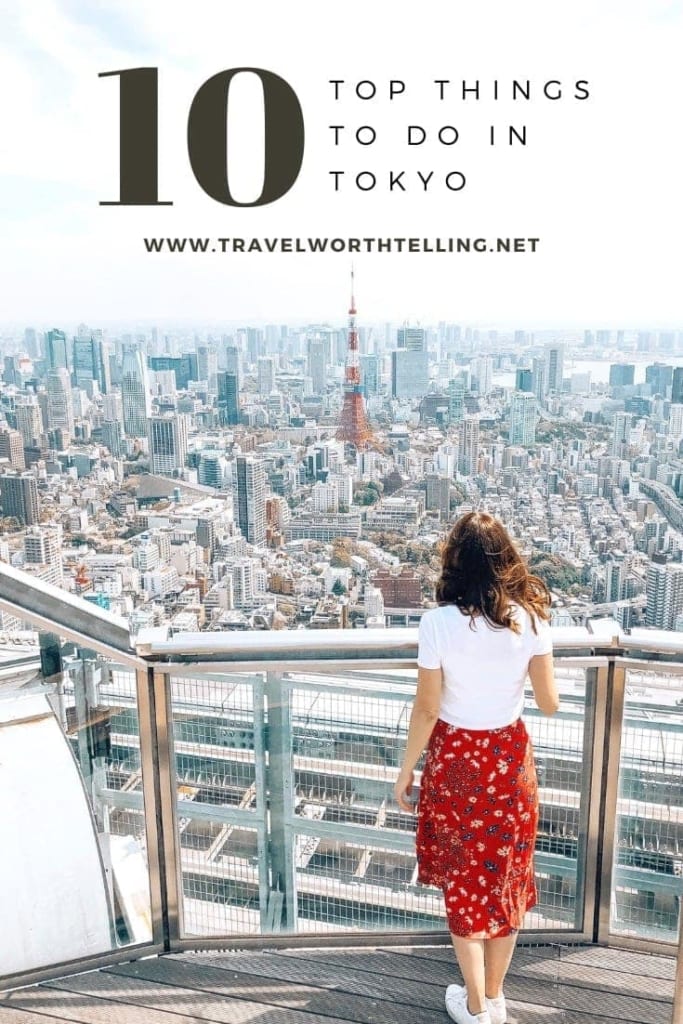
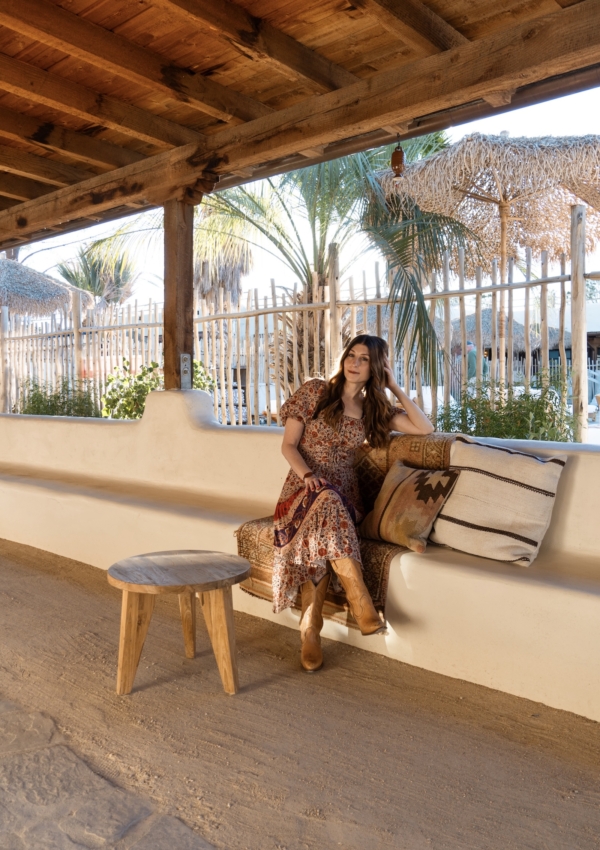

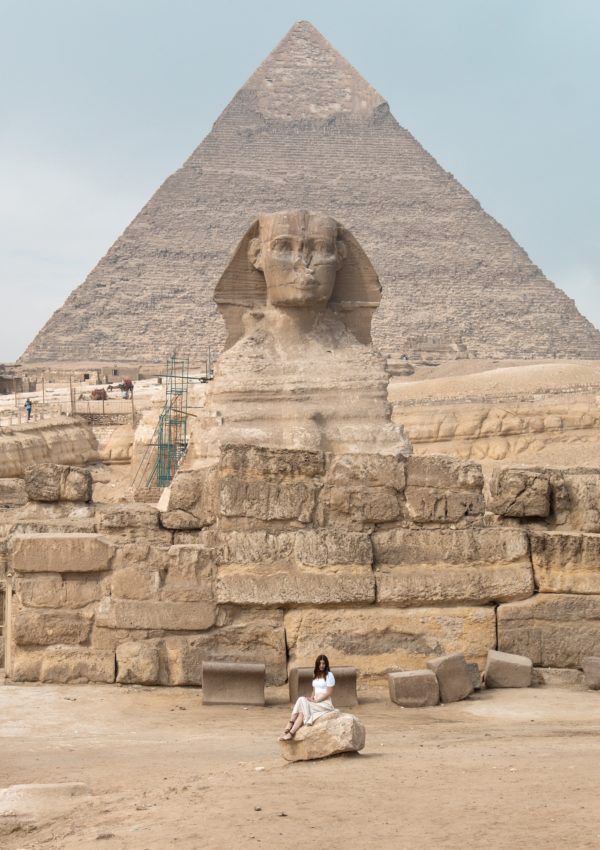
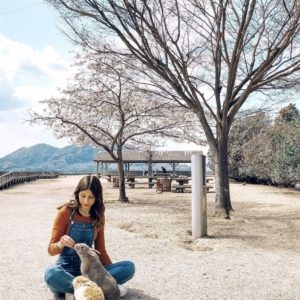

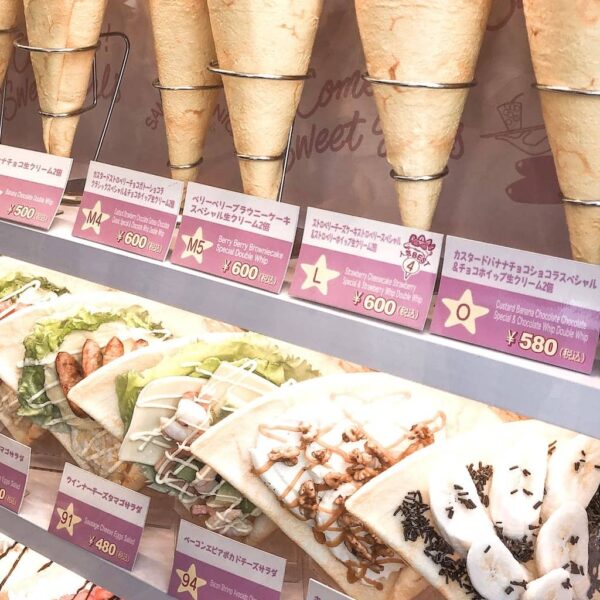
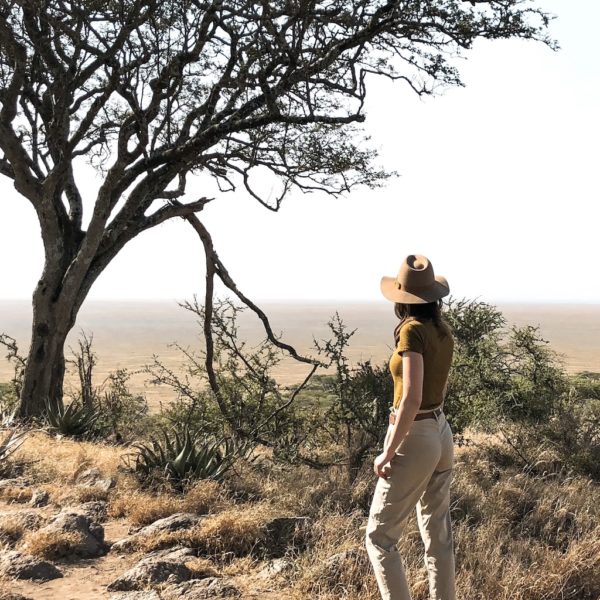
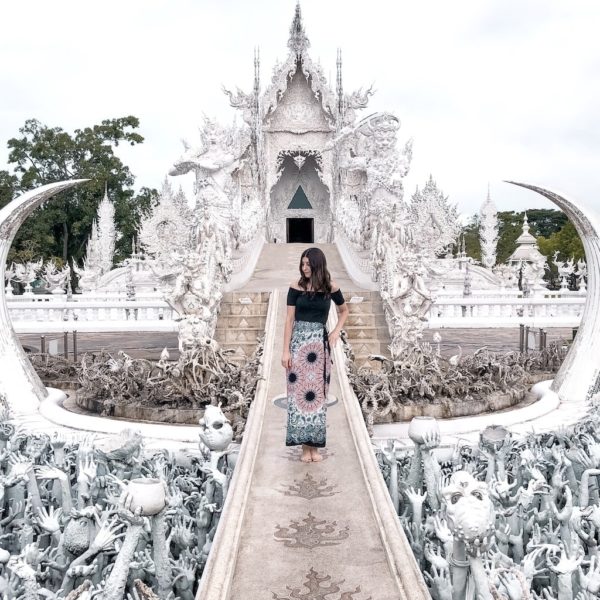
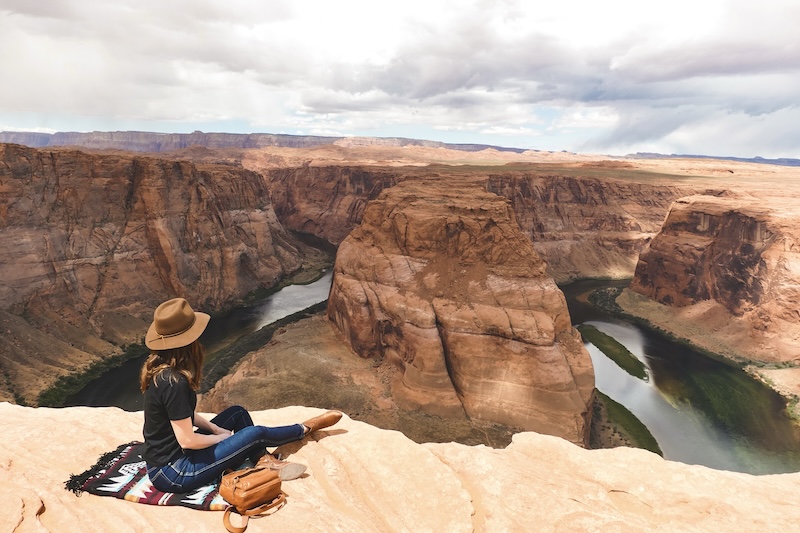
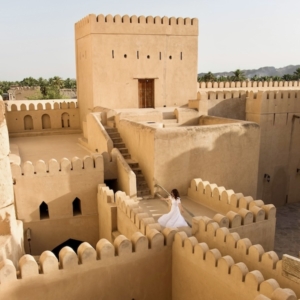
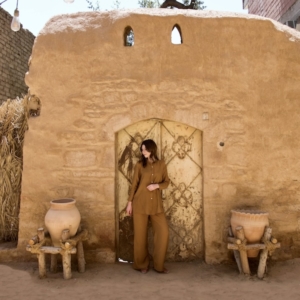
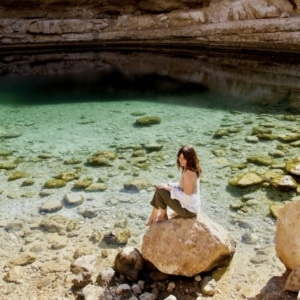
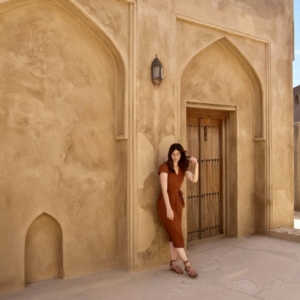
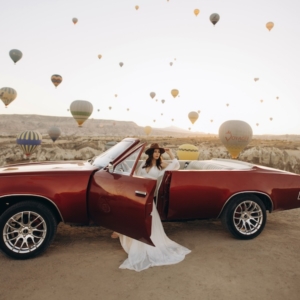

Leave a Reply